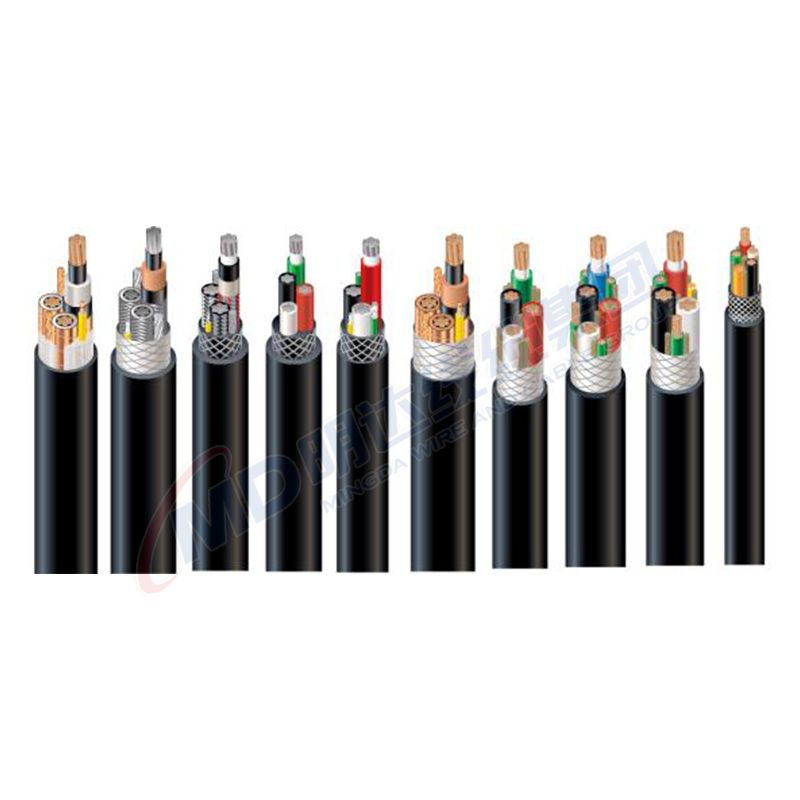9 月 . 29, 2024 02:14 Back to list
Gear-Operated Butterfly Valve for Enhanced Control and Performance in Fluid Systems
Butterfly Valve with Gear Box An Overview
Butterfly valves are widely used in various industries for their efficiency and reliability in regulating the flow of liquids and gases. When paired with a gear box, the functionality and performance of a butterfly valve can be significantly enhanced. This article explores the features, advantages, and applications of butterfly valves with gear boxes.
What is a Butterfly Valve?
A butterfly valve is a type of quarter-turn valve that uses a rotating disk to control the flow of fluid. The disk, or “butterfly,” is positioned in the center of the pipe and rotates 90 degrees to either open or close the flow path. Butterfly valves are favored for their simple design, compact structure, and quick operation. They can handle a range of pressures and temperatures, making them suitable for various applications in sectors such as water treatment, chemical processing, and HVAC systems.
The Role of Gear Boxes
A gear box serves as an essential component that facilitates the operation of a butterfly valve, especially in applications requiring significant force or torque. By utilizing a gear mechanism, the gear box modifies the input speed and torque from the actuator, enabling the operator to easily maneuver the valve. This is particularly important in large valves or those situated in hard-to-reach areas where manual operation is impractical.
Advantages of Butterfly Valves with Gear Boxes
1. Enhanced Control Gear boxes provide better control over the valve's position, allowing for precise adjustments in flow regulation. This is crucial in applications where maintaining specific flow rates is necessary.
2. Reduced Manual Effort The force amplification provided by a gear box means that operators can open or close valves using less physical effort, which is particularly beneficial in handling larger valves or in environments where safety is a concern.
butterfly valve with gear box

3. Increased Reliability The combination of a butterfly valve and a gear box minimizes wear and tear on the valve mechanism, leading to longer operational life and reduced maintenance needs.
4. Versatility This combination is suitable for various industries, including water treatment, food processing, oil and gas, and power generation. Depending on the requirements, gear boxes can be designed for manual operation or automated control, integrating seamlessly with modern control systems.
5. Space Savings Butterfly valves are inherently compact, and adding a gear box does not significantly increase the overall footprint. This makes them ideal for installations with space constraints.
Applications
Butterfly valves with gear boxes are particularly effective in applications involving
- Water Distribution They are commonly used in municipal water treatment facilities to regulate water flow and pressure. - Chemical Processing In chemical plants, these valves manage the flow of corrosive and high-temperature fluids, ensuring safety and efficiency. - HVAC Systems In heating, ventilation, and air conditioning systems, they help control airflow and maintain optimal temperature conditions. - Power Generation In power plants, they regulate steam and other fluids, contributing to overall system efficiency and safety.
Conclusion
In summary, the butterfly valve with a gear box offers a reliable and efficient solution for controlling fluid flow across various industries. Its combination of design simplicity, operational efficiency, and adaptability makes it an essential component in modern fluid control systems. As industries continue to seek reliable and cost-effective solutions for flow regulation, the butterfly valve with a gear box will undoubtedly remain a preferred choice for engineers and operators alike. This synergy not only enhances performance but also contributes to the longevity of the systems in which they are utilized.
Share
-
Understanding the Differences Between Wafer Type Butterfly Valve and Lugged Butterfly ValveNewsOct.25,2024
-
The Efficiency of Wafer Type Butterfly Valve and Lugged Butterfly ValveNewsOct.25,2024
-
The Ultimate Guide to Industrial Swing Check Valve: Performance, Installation, and MaintenanceNewsOct.25,2024
-
Superior Performance with Industrial Swing Check Valve: The Essential Valve for Any SystemNewsOct.25,2024
-
Industrial Swing Check Valve: The Ideal Solution for Flow ControlNewsOct.25,2024
-
You Need to Know About Industrial Swing Check Valve: Functionality, Scope, and PerformanceNewsOct.25,2024